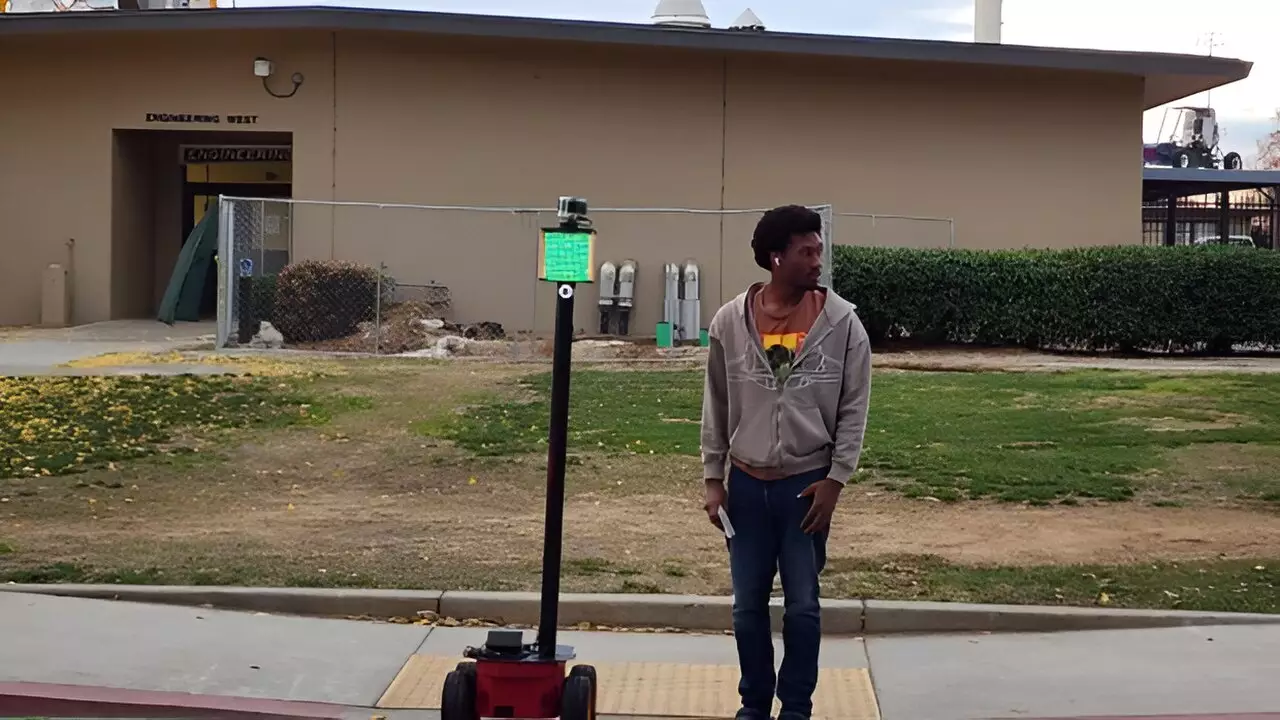The development of robotic crossing guards, such as the CrossBot prototype created by Hovannes Kulhandjian, has sparked both intrigue and skepticism. While the robot aims to enhance safety for children in crosswalks and addresses the shortage of crossing guards in the Bay Area, concerns about reliability and the human touch persist among parents and community members.
Unlike the talkative and entertaining robots depicted in popular culture, CrossBot is a serious device designed with powerful tools to protect children in crosswalks. Equipped with sensors, Lidar technology, a speaker system, and advanced algorithms, the robot offers a 360-degree view of its environment. In a video demonstration, CrossBot effectively signals to children when it’s safe to cross, even accommodating visually impaired individuals.
Parental Concerns
While Kulhandjian trusts his robot to assist all children, not all parents are convinced. Some, like Kelly Lathrop of Lafayette, express strong reservations about replacing human crossing guards with robots. The personal connection and vigilance provided by human guards are valued and considered essential for the safety of children. Similarly, Angela Roberts from Santa Clara acknowledges the turnover in crossing guard positions but questions the reliability of a robotic alternative.
School districts in the Bay Area and beyond have been grappling with shortages of crossing guards, exacerbated by pandemic-related disruptions. The demand for these positions has proven challenging due to factors such as hours and pay. The introduction of robotic crossing guards offers a potential solution to the staffing issues faced by school districts, providing a consistent presence at intersections.
Pedestrian safety is a significant concern, with accidents involving pedestrians being a leading cause of death for children under 14. The alarming statistics of pedestrian fatalities highlight the need for interventions such as robotic crossing guards. While the reliability of robots is questioned, the potential to save lives and prevent accidents through timely signals and alerts cannot be overlooked.
Robots have become integral to various industries, performing tasks ranging from transportation to security. The global robotics market continues to expand, reflecting the growing reliance on automation and technological advancements. Kulhandjian emphasizes that the purpose of CrossBot is to complement and enhance human efforts rather than replace them entirely, acknowledging the irreplaceable human touch in certain situations.
The development of robotic crossing guards represents a significant step towards addressing crossing guard shortages and improving pedestrian safety. While debates continue regarding the role of robots in safeguarding children, the potential benefits of consistent and reliable signals at crosswalks cannot be ignored. As technology evolves and integrates further into society, finding a balance between human oversight and technological innovation will be crucial in ensuring the safety and well-being of communities.


Leave a Reply
You must be logged in to post a comment.